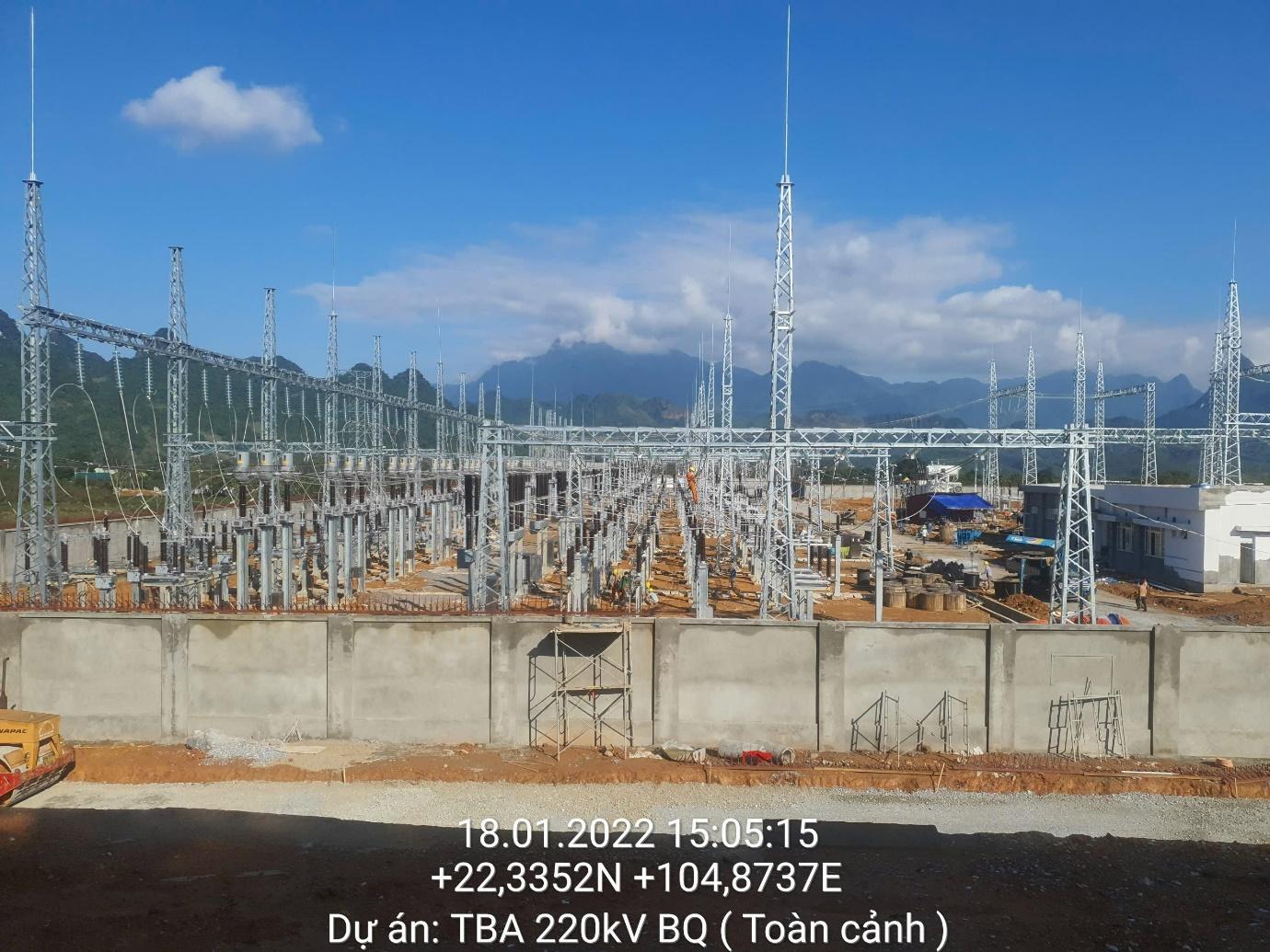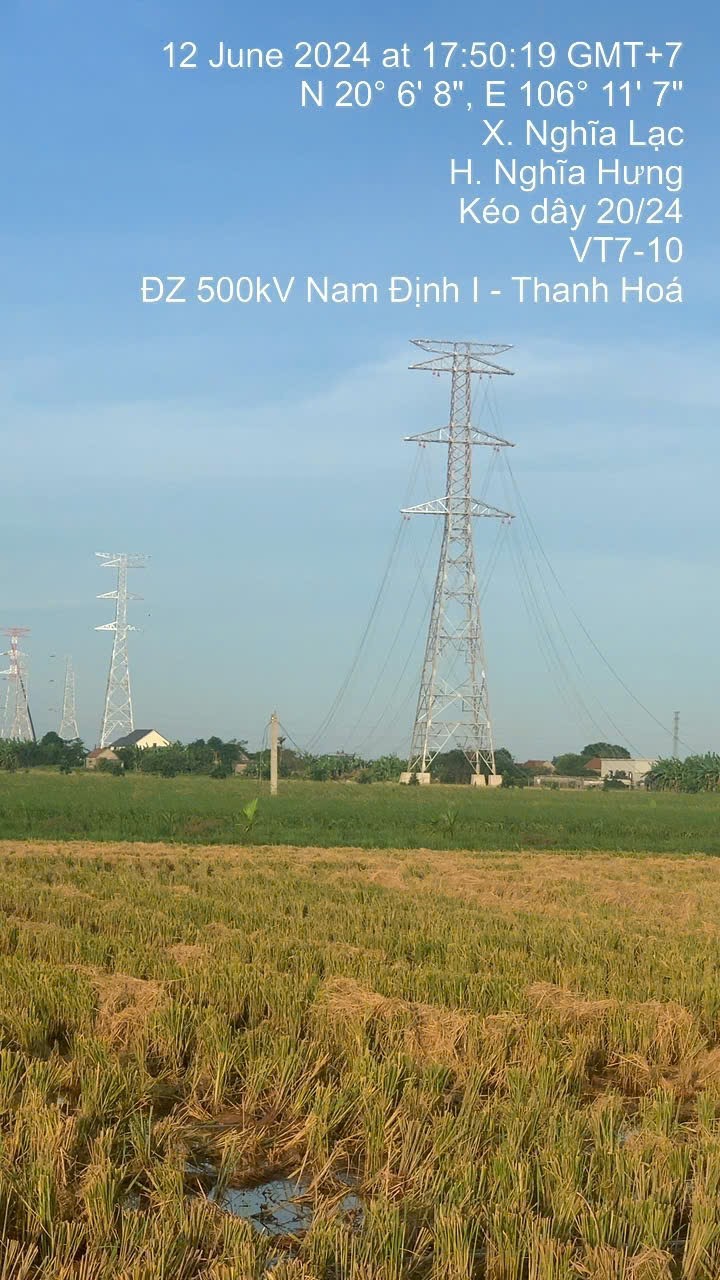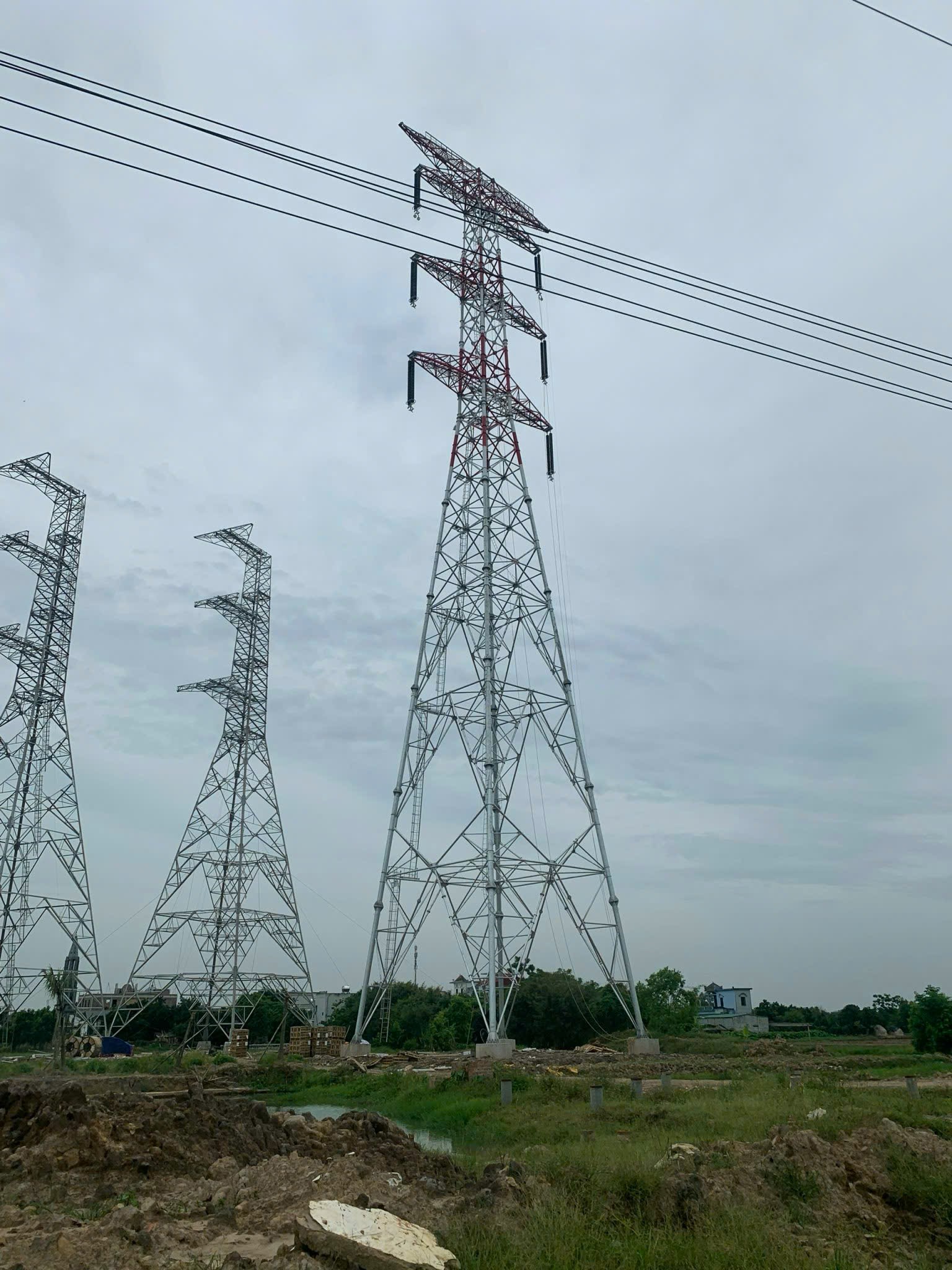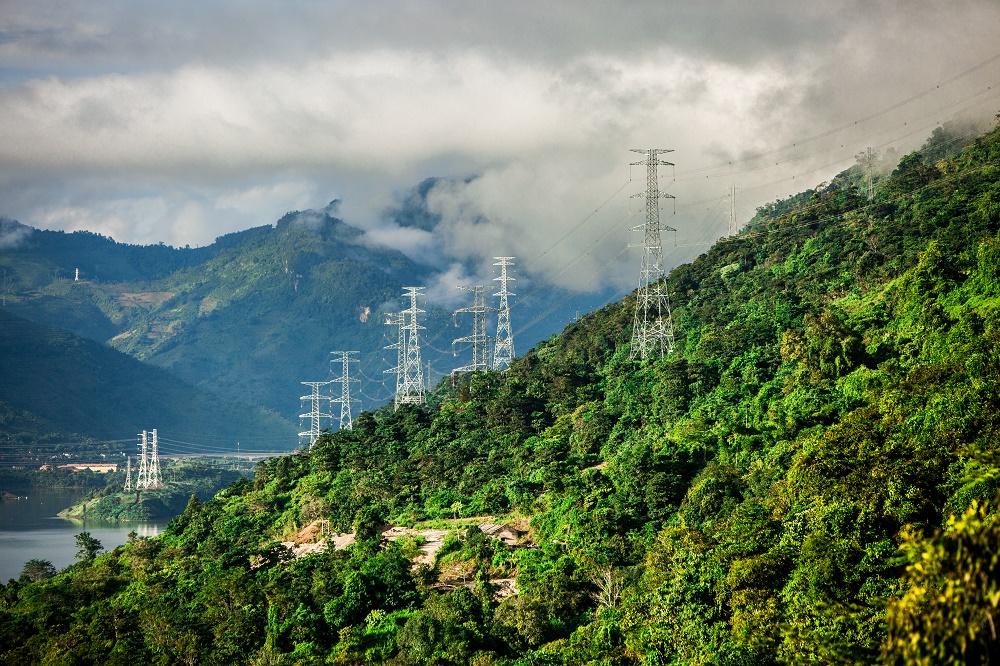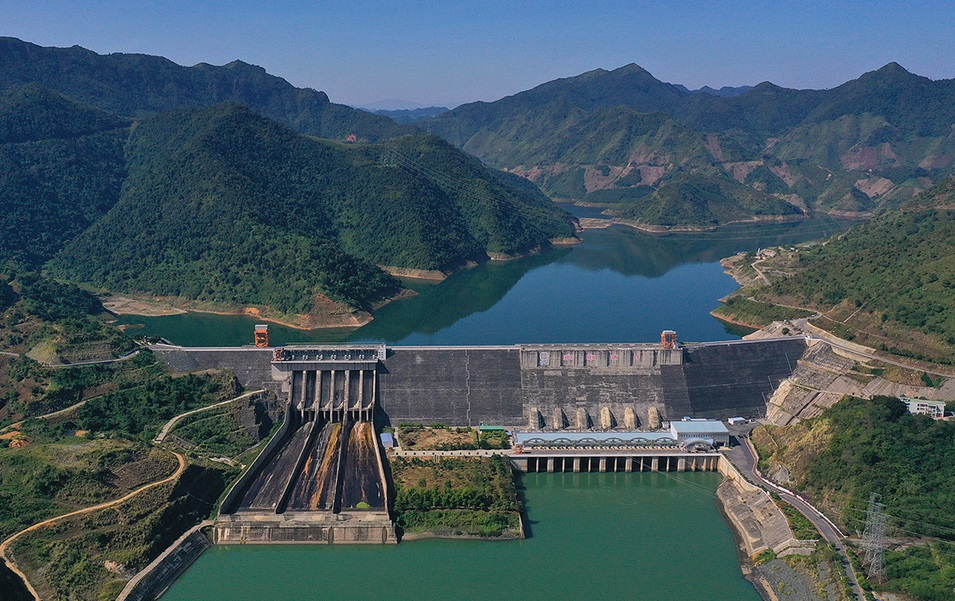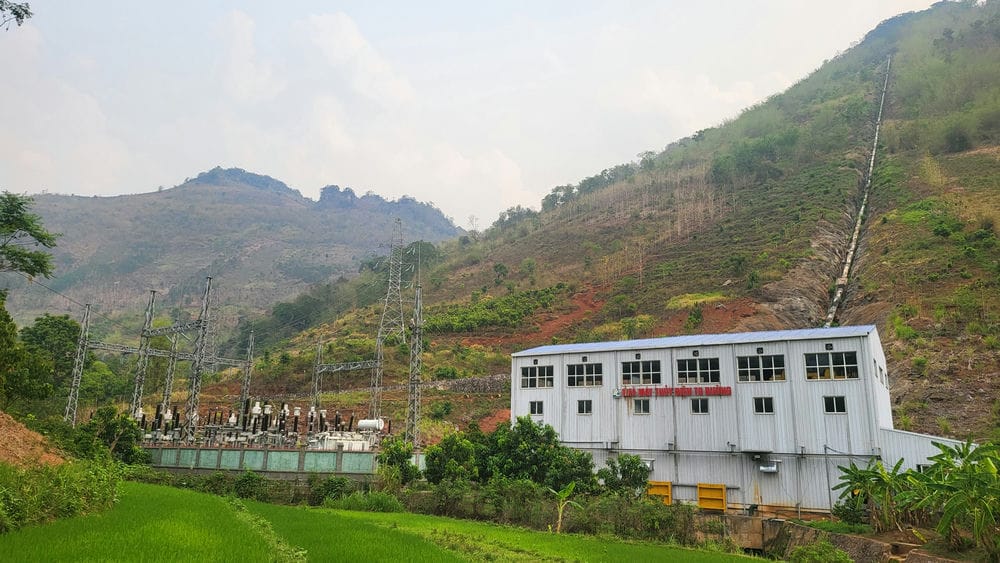
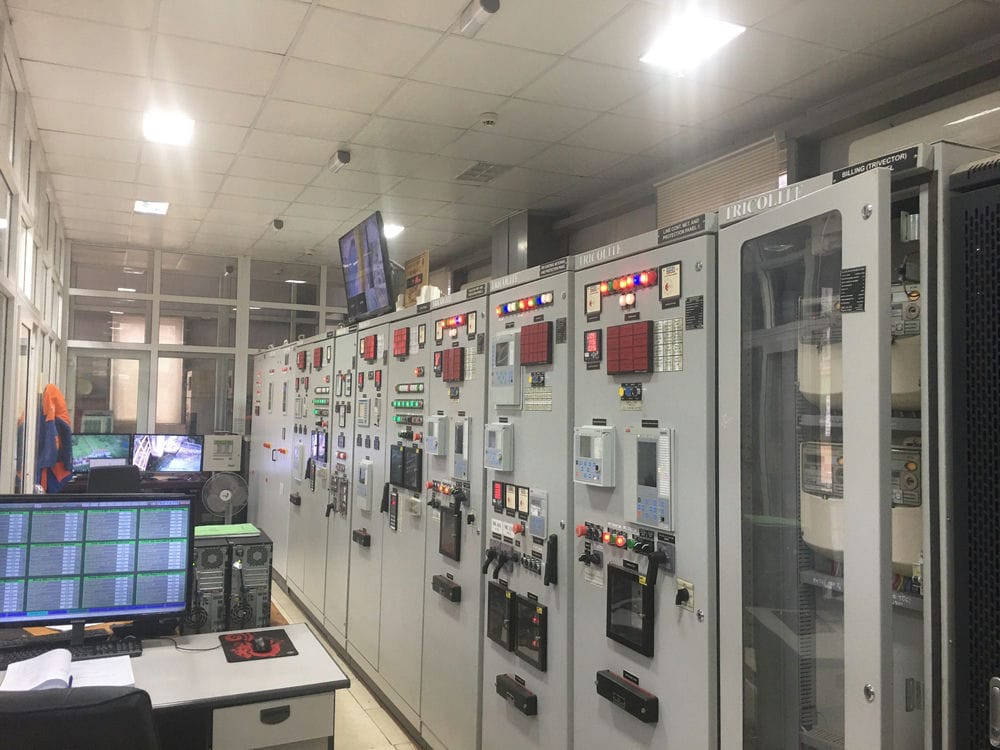

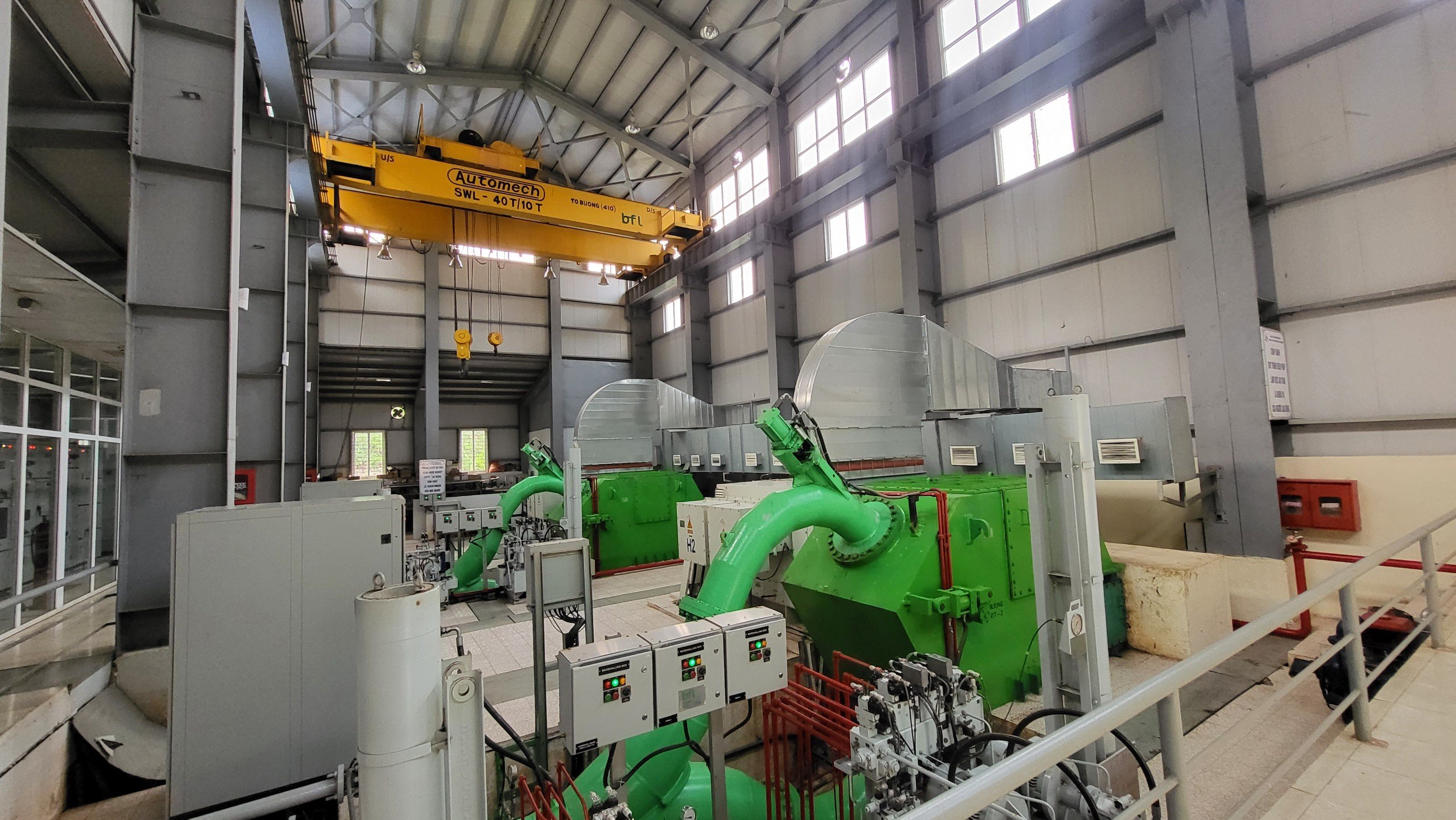
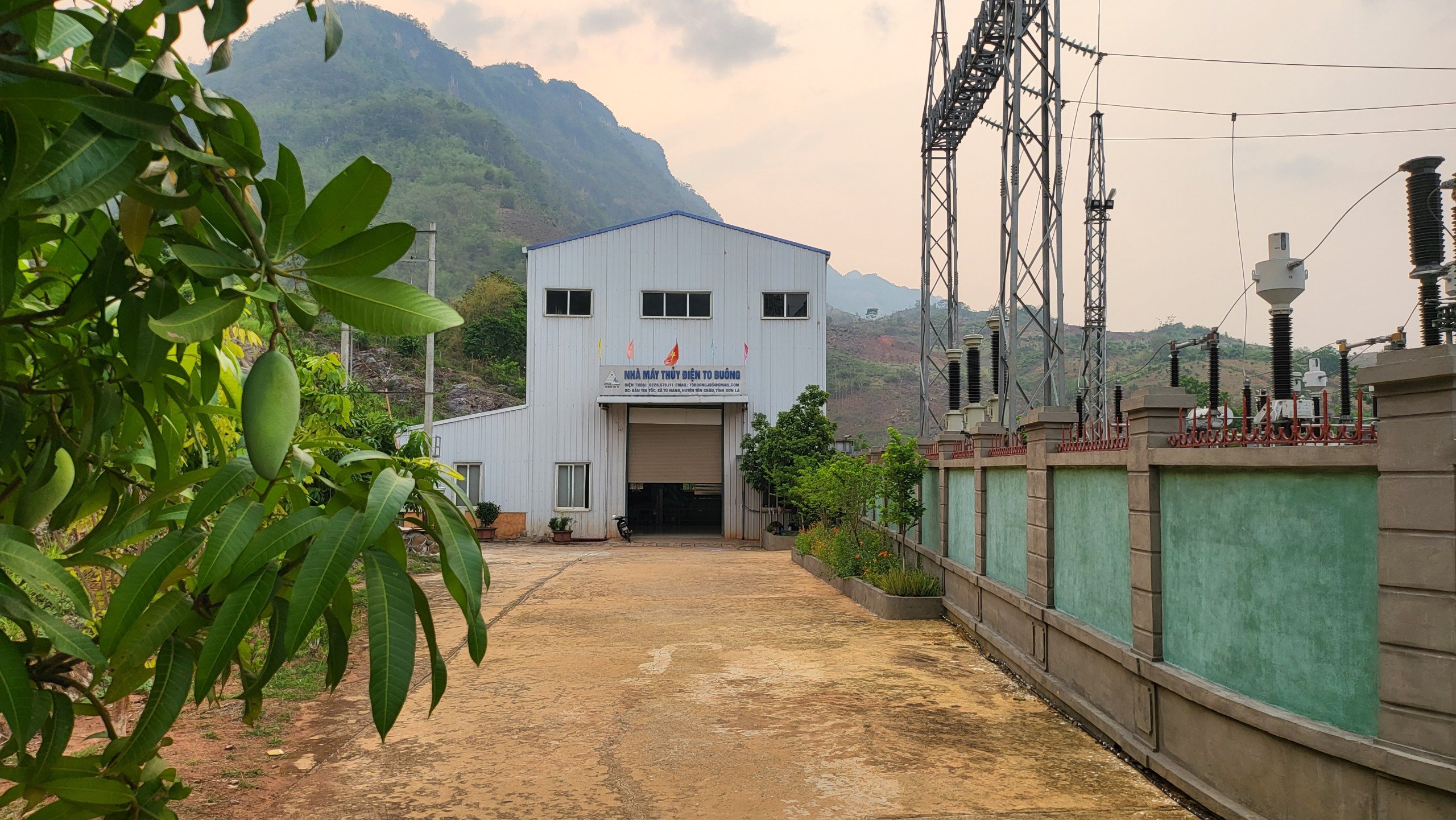
To Buong Hydropower Plant
- Chủ đầu tư: To Buong Hydropower Plant
- Địa điểm: Chieng Luong, Loong Phieng and Tu Nang Communes of Yen Chau District, Son La Province
- Tổng mức đầu tư: 194.617 tỷ đồng
- Thời gian thực hiện: Từ 01-2010 - 06-2012
- Công suất lắp đặt: 10.1MW
Thông tin dự án
To Buong Hydropower Plant- Giá trị : 194.617 tỷ đồng
- Chú đầu tư: To Buong Hydropower Plant
- Thời gian khới công: 01-2010
- Thời gian hoàn thành: 06-2012
- Công suất lắp đặt: 10.1MW
SD11 – To Buong Hydropower Project is located on To Buong stream in the area flowing through the communes of Chieng Luong, Loong Phieng and Tu Nang in Yen Chau district, Son La province. The project is built with the task of generating electricity in combination with existing power sources, providing electricity for the load demand of Yen Chau district through the national grid with a capacity of 8MW and an annual electricity output of about 35 million kWh to meet the increasing demand for electricity today.
To Buong Hydropower Project is located on To Buong stream in the area flowing through the communes of Chieng Luong, Loong Phieng and Tu Nang in Yen Chau district, Son La province.
To Buong stream is a branch on the right bank of Sap Viet stream, with the main stream flowing basically in the Southwest - Northeast direction. In the area where the dam and factory are planned to be built, the stream bed has many fast-flowing, swirling, high and rugged sections, which have great potential for exploiting hydroelectric power.
Traffic conditions to the project are quite favorable: The factory is located about 2.5km from National Highway 6, the dam is located about 2km from Provincial Road 103. From Yen Chau District Center to the project is about 22km, and from Moc Chau District Center to the project is about 30km.
The To Buong Hydropower Project is built under the BOO (invest, operate and own) model, operating and selling electricity to Vietnam Electricity Group (EVN), is a level III construction project according to the classification in TCXDVN 285-2002.
To Buong hydropower project has a dam which is a gravity concrete dam about 8m high on a rock foundation, with a capacity of 8MW, including items with the following main parameters:
The dam line with a total length of 102m has a spillway arranged on the riverbed, two dam shoulders are the non-spillway dam, sand discharge sluice and water intake into the canal;
The energy line includes the following items: Water intake; water channel with a total length of 1,568.38m, non-pressure water tunnel with a length of 986.0m; pressure tank and steel pressure pipe (length 687.46m, diameter d = 1.0m);
The hydropower plant is located on the right bank of To Buong stream, with the following main parameters:
+ Installed capacity: 8.0MW;
+ Number of generators: 02 generators;
+ Guaranteed capacity: 1.6MW;
+ Horizontal Pelton turbine, diameter of BXCT: 1.25m;
Average annual electricity output: 36.18 million kWh;
Number of hours using the installed capacity: 4,398 hours.
The plant's outlet channel with a length of 36.8m, width of 2.0m is responsible for ensuring the continuous flow from the water chamber after passing through the turbine into To Buong stream in a stable mode;
Other items include: Operation management house; traffic system; 110kV power distribution station and 110kV single-circuit transmission line with a length of about 2.5km.
Project implementation progress:
Initial approval progress: Started construction in the first quarter of 2010, completed in the second quarter of 2012;
Adjusted progress: Started construction in the fourth quarter of 2013, completed in the fourth quarter of 2015.
Total investment value of the project:
Initial approved total investment: 183,220 billion VND;
Total adjusted investment: 194,617 billion VND.
After completion in the fourth quarter of 2015, the To Buong hydropower project will combine with existing power sources to supply electricity to the load demand of Yen Chau district via the national grid with a capacity of 8MW and an annual electricity output of about 36 million kWh to meet the current increasing demand for electricity.
